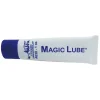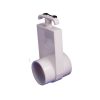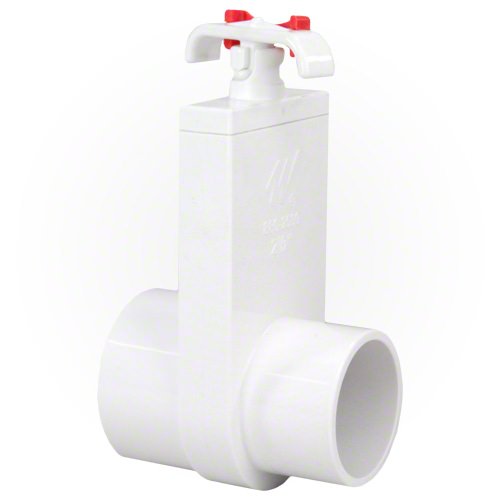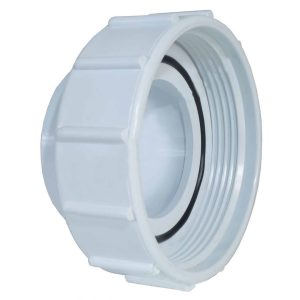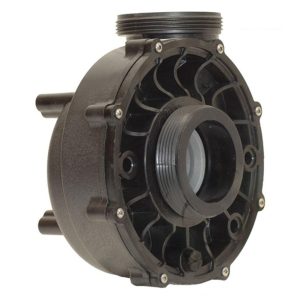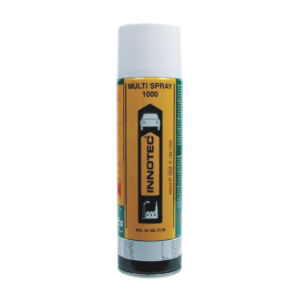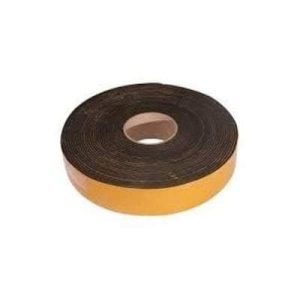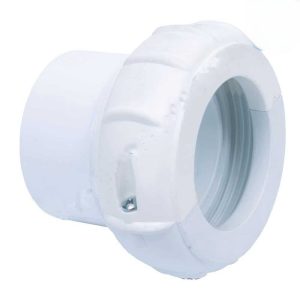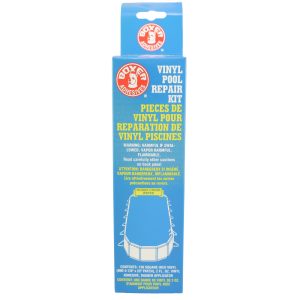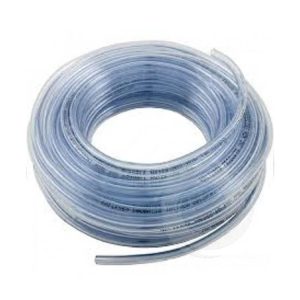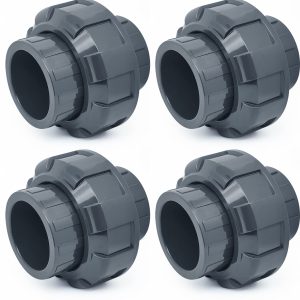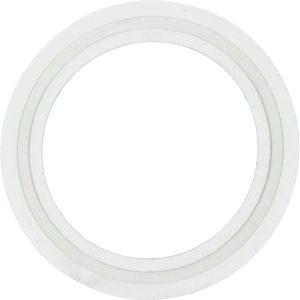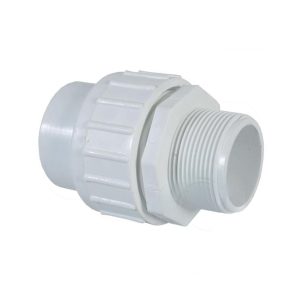2.5 inch Slide Gate Valve (S x S)
£12.46 Inc VAT
47 in stock
2.5 inch Slide Gate Valve: The Ultimate Control for Your Hot Tub System
Introduction
As an experienced hot tub enthusiast and parts supplier, I’m excited to introduce you to the 2.5 inch Slide Gate Valve. This essential component is designed to give you precise control over your hot tub’s water flow, making maintenance and troubleshooting a breeze.
Product Overview
The 2.5 inch Slide Gate Valve, manufactured by Las Water20, is a high-quality shut-off valve that’s perfect for hot tub systems. With its robust construction and user-friendly design, this valve is an indispensable tool for any hot tub owner looking to optimize their spa experience.
Key Features
Versatile Application
This slide gate valve is specifically designed for use with 2.5 inch rigid pipes and 2.5 inch flexible rigid pipes, making it compatible with a wide range of hot tub setups. Its versatility ensures that you’re investing in a product that will seamlessly integrate into your existing system.
Easy Maintenance Access
One of the primary functions of this valve is to isolate sections of pipework. This feature is invaluable when you need to perform maintenance or repairs on your hot tub system. By simply sliding the gate closed, you can work on specific areas without draining the entire system, saving you time and effort.
Durable Construction
Crafted by Las Water20, a trusted name in water control solutions, this gate valve is built to last. Its sturdy construction ensures long-term reliability, even under the demanding conditions of hot tub operation.
Smooth Operation
The sliding mechanism of this valve is designed for smooth, effortless operation. This means you can easily control water flow with precision, allowing for fine-tuned adjustments to your hot tub’s performance.
Technical Specifications
To help you better understand the 2.5 inch Slide Gate Valve, I’ve compiled a detailed specifications table:
| Specification | Details |
|---|---|
| Type of Product | Gate Valve / Slide Valve / Shut off valve |
| Manufacturer | Las Water20 |
| Connection Type | Socket x Socket |
| Size Reference | 2.5 inch |
| Outer Length | 92mm |
| Outer Height | 225mm |
| Outer Depth | 120mm |
| Internal Diameter | 74mm |
| Compatible With | 2.5 inch rigid pipe and 2.5 inch flexible rigid pipe |
Installation and Use
Installing the 2.5 inch Slide Gate Valve is straightforward, thanks to its socket x socket design. This configuration allows for easy integration into your existing pipework. Once installed, you’ll have the ability to control water flow with precision, enhancing your overall hot tub experience.
Maintenance Tips
To ensure the longevity and optimal performance of your slide gate valve, I recommend periodic checks for any signs of wear or corrosion. Regularly exercising the valve (opening and closing it) can prevent seizing and maintain smooth operation. Always consult your hot tub’s manual or a professional for specific maintenance guidelines.
Conclusion
The 2.5 inch Slide Gate Valve is more than just a component; it’s a crucial tool for maintaining and optimizing your hot tub system. Its durable construction, ease of use, and precise control make it an excellent investment for any hot tub owner. By incorporating this valve into your setup, you’re ensuring easier maintenance, improved system longevity, and ultimately, a more enjoyable hot tub experience.
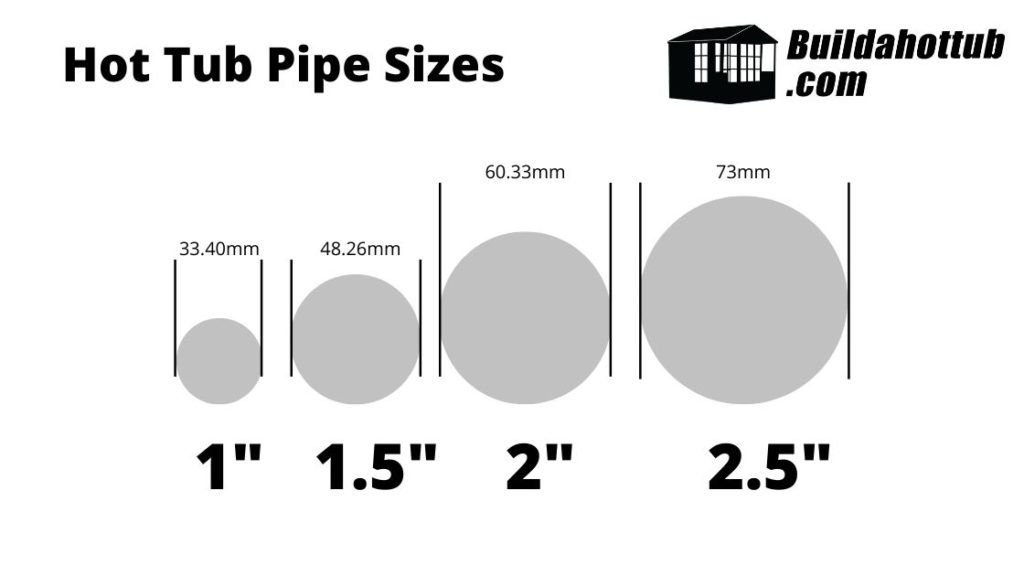
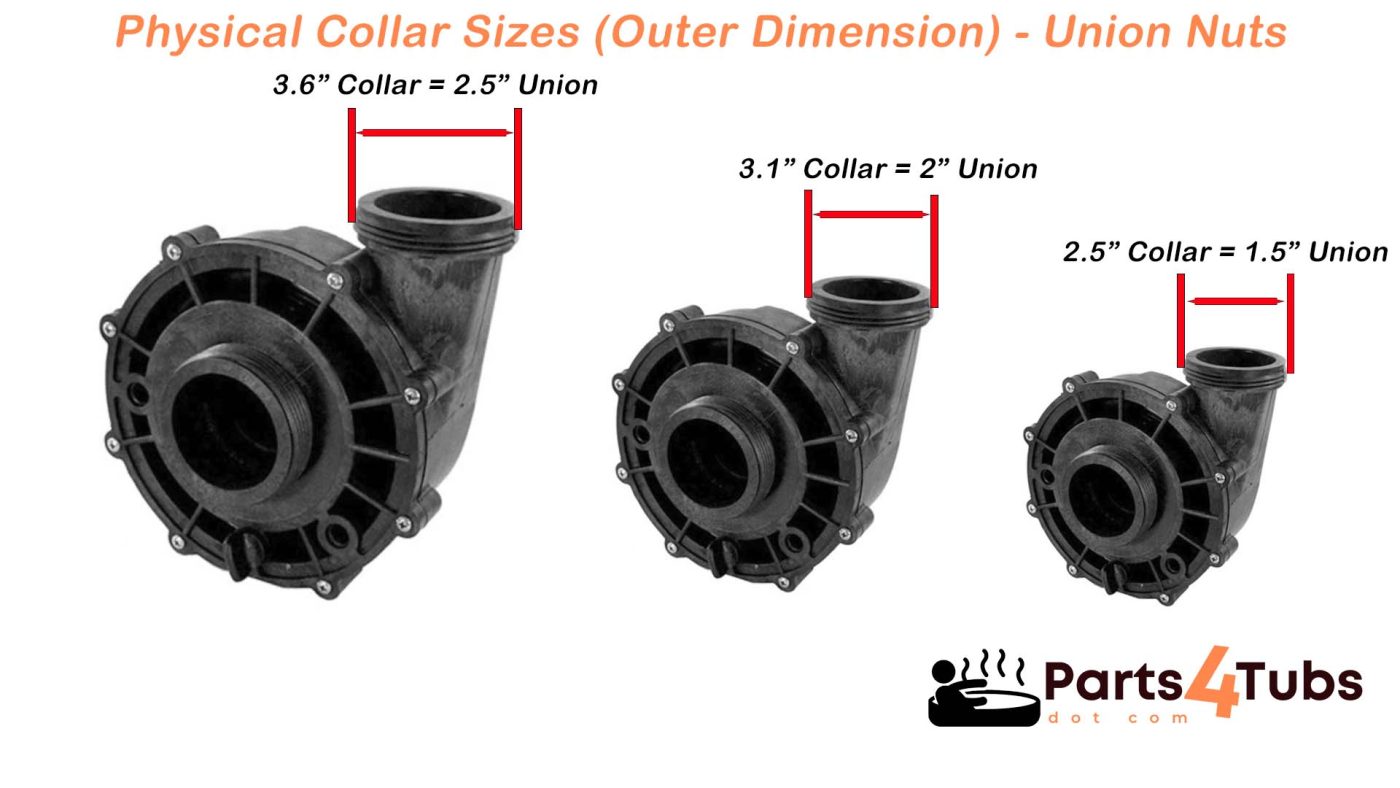
USA Imperial is the Standard
All hot tubs and their fittings are designed for USA standard of Imperial pipe. Would you believe that for example, a European 2.5″ pipe is different from a USA 2.5″ pipe – well it is and there is just over 2mm difference and it makes a huge difference as it doesn’t fit!
You must make sure that you are using American standard sized pipe – always worth checking with your supplier before you purchase.
Can I convert Metric pipe to Imperial?
Yes, you can convert metric pipe to imperial, usually there is a socket connection that will do that. However, what I would preface that with is really, the only reason you would want to do that is say if you have a long run of pipe between your control room and your hot tub. You cant easily get imperial pipe supply but you have found say 75mm pipe that would do the job.
In this instance, it would work to convert it down at each end.
However, what you cannot do (technically you can but it is a real mess to do so) is convert all of the pipework to metric using adaptors. Generally, this just doesn’t work, costs loads in just adaptors alone and the amount of joints means you are going to have some leaks!
What rating of pipe do I need?
Pipe is rated to different pressures. You must use pressure rated pipe on your hot tub build as it is a pressurised system. In general, any pipe that is rated to 130 PSI or 9 BAR can be used on a hot tub build. This is often referred to as Class C. Likewise, Class E which is rated to 15 BAR or 218 PSI is also commonly found on hot tub builds.
Anything less than 130 PSI or 9 BAR should not be used – the pipes are not waste water pipes that are commonly found in hardware stores. They must be pressure rated and you will see this printed on the side of all the pipe so there will be no confusion.
What about Schedule 40 Pipe?
The schedule number on pipe correlates to the thickness of the wall on the pipe: as the number increases, the thicker the wall thickness is. Also, what is interesting is that while the schedule number can be the same on different sized pipes, the actual wall thickness will be different.
However, for our DIY Hot Tubs, we would only opt for schedule 40 – schedule 80 would be an overkill.
We also only use schedule 40 pipe if it is being buried and there is considerable weight on it. What I mean by this is that you need the physical strength of the pipe to stop it being crushed and cracked. In most cases, regular pressure rated pipe is just fine.
Should I use Rigid or Semi-Flexible Pipe?
When I built my own hot tub, I opted for semi-flexible as I though that it would be a little more forgiving. It is, however it is now my experience that the fact it is forgiving, and I use that in a loosest of terms as it is still pretty rigid pipe, it is more likely to leak.
The reason that it is more likely to leak is that you can “force” the joint when there is a little bit of give in the pipe. If you force the joint as I have said many times on this blog and on my YouTube Channel, you are going to have leaks – and it did!
For that reason, wherever possible today I recommend that you use rigid pipe. You have to make a good joint and it has to be accurate. It is forcing your workmanship which you will benefit from in the long run. Rigid pipe is the way forward for your DIY Hot Tub build.
Support your Pipework
If you pick up a length of pipe, 2m/6ft, there is not a lot of weight in it at all. However, if you fill that same pipe with water, cap it off each end and try to lift it, you will notice there is a huge weight increase. Water is heavy. If you have long runs of pipe, you must support them. Whether this is in ground and they should be laid correctly with a gravel base or if it is on your hot tub, they should be tied and pinned to the block work.
If you dont support your pipes and they fill with water, you can put strain on the joints that over time, will work their way loose and leak. It only takes a couple of minutes to tie your pipes and support them and it will save a whole bunch of time and money on repairs in the future by getting this right from the start.
Making the perfect joint with PVC pipe cement.
On this blog and on my YouTube Channel I talk a lot about making the correct joints and that a well made joint doesn’t leak. So, how do you make a well made joint?
- Make sure when you cut the pipes you are cutting them at 90 degrees so they fit into the fittings correctly.
- Make sure you remove any rough edges from your cuts
- Ensure you are roughing up 3″ of the pipe with sand paper before you make the connection
- Apply PVC Pipe Cement to the pipe and the connection
- Twist the pipe or fitting as you are inserting it to prevent “channeling” which leads to leaks
- Make sure the pipe goes all the way into the fitting (always a good idea to mark the ideal depth you want to get to)
- Wipe off any excess pipe cement.
- Allow to cure for 4 hours for full strength
| Part# | 0401-25 |
|---|
You may also like…
Plumbing and Other
Pumps and Pump Parts
Related products
Chemicals & Accessories
Plumbing and Other
Chemicals & Accessories
Plumbing and Other
3/8 inch vinyl air pipe (per metre) (PLEASE SEE ADDITIONAL NOTES)
Plumbing and Other
Plumbing and Other
Plumbing and Other

